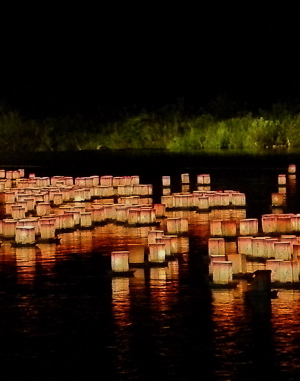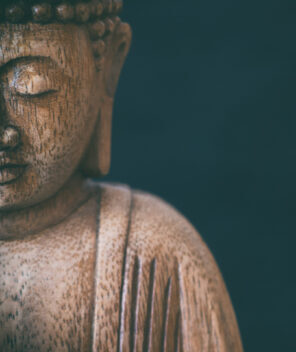FRIDAY, MAY 5: Glowing lanterns shine brightly in Buddhist communities worldwide, as the collective birth, enlightenment and death of Buddha is observed with the holiday of Vesak. Known also as Visakha Puja or Wesak (spellings vary), Vesak begins before dawn in many regions, with ceremonies, decorated temples, shared vegetarian meals and deep meditation. This holy day is greeted by devout Buddhists across Nepal, Tibet, Bangladesh, the Phillippines, Thailand and several other South East Asian countries—along with various other locations across the globe.
Did you know? The design of the Buddhist flag is based on the six colors of the aura believed to have surrounded Buddha after his enlightenment. It is used in almost 60 countries, especially during Vesak.
Buddhism has been practiced for millennia, but it wasn’t until 1950 that the official decision was made—at the first conference of the World Fellowship of Buddhists—to observe Vesak as the Buddha’s birthday. Today, devotees bring offerings to temples—such as flowers or candles—in representation of the objects of this world that fade away. Monks provide lectures, and laypersons wear white clothing. It is expected that Buddhists will try to bring some happiness to the unfortunate on this significant day, and review the Four Noble Truths.
Did you know? In 1999, the United Nations General Assembly recognized internationally the Day of Vesak. (Read more from the UN.)
In commemoration of three major events—the birth, enlightenment and passing away of the historical Buddha—Vesak is recognized by all Buddhist sects. It acknowledges the peace that Buddha brought to the world through the “triple gem”: Buddha himself, the Dharma (teachings) and the Sangha (Buddha’s disciples). Most Buddhists today use candles and small lamps to illuminate temples, streets and homes, representing the light of Buddha’s teachings. In Japan, legend has it that a dragon appeared in the sky on Buddha’s birthday and poured soma (a ritual drink) over him.
Interested in making your own Vesak lantern? Check out this site’s DIY instructions, which include using everyday materials such as drinking straws and tissue paper.







